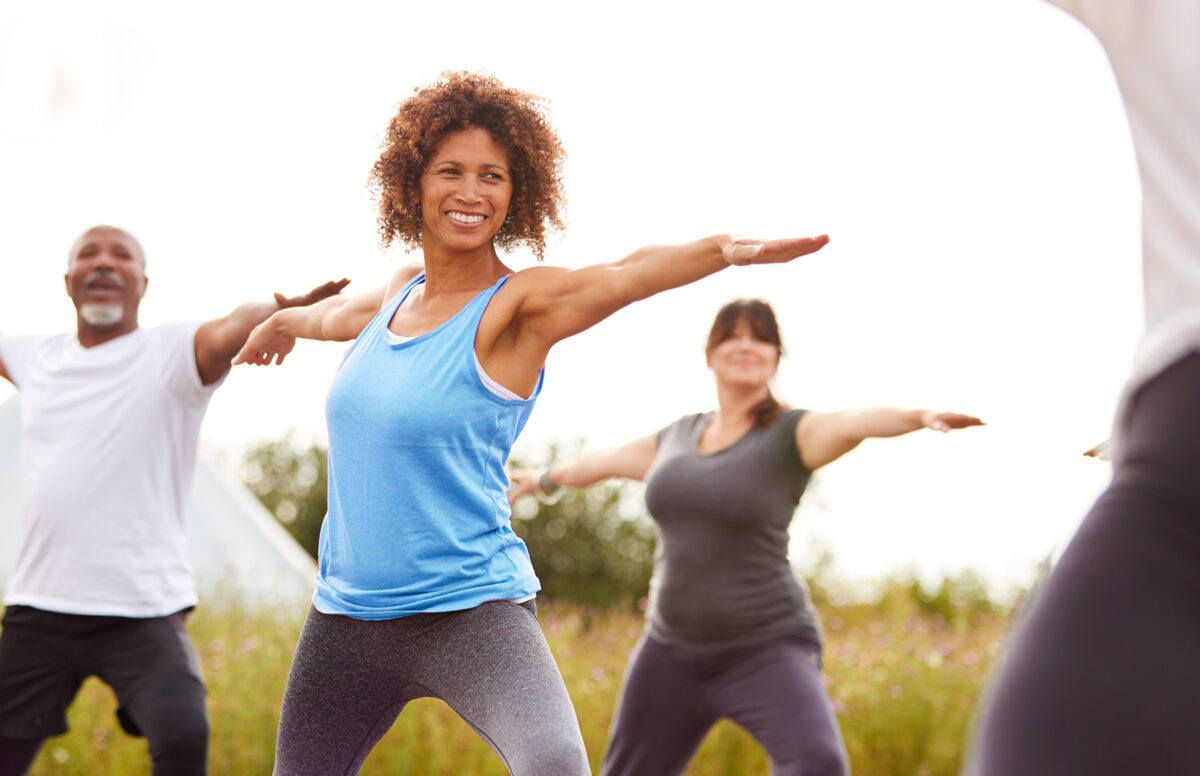
Eating Seasonal Fruits and Vegetables
Summer is a wonderful time to enjoy fresh, flavorful fruits and vegetables. Eating seasonal produce not only enhances your meals but also provides numerous health benefits.
What Does Eating Seasonally Mean?
Eating seasonally means consuming fruits and vegetables that are harvested at their peak during specific times of the year. These foods are fresher, tastier, and often more nutritious. Seasonal eating also supports local farming and reduces the environmental impact of transporting food over long distances.
Why Eat Seasonal Produce?
- Better Taste and Quality: Seasonal produce is harvested at its peak ripeness, resulting in better flavor and texture. Fruits and vegetables that are in season are fresher and more enjoyable to eat.
- Higher Nutritional Value: Seasonal fruits and vegetables are packed with nutrients. When produce is harvested at the right time, it retains more vitamins, minerals, and antioxidants, which are essential for your health.
- Environmental Benefits: Opting for seasonal fruits and vegetables helps sustain local farming and reduces the environmental harm caused by long-distance shipping. It also promotes sustainable farming practices.
- Cost-Effective: Seasonal fruits and vegetables are often more affordable because they are abundant and don’t require extensive transportation or storage.
Top Seasonal Fruits and Vegetables for Summer
- Berries: Strawberries, blueberries, raspberries, and blackberries are bursting with flavor and nutrients. They are rich in antioxidants, vitamins, and fiber.
- Watermelon: This hydrating fruit is perfect for hot summer days. Watermelon is low in calories and high in vitamins A and C.
- Tomatoes: Fresh, juicy tomatoes are a summer staple. They are packed with vitamins C and K, potassium, and lycopene, an antioxidant that supports heart health.
- Cucumbers: Cucumbers are refreshing and hydrating. They are low in calories and high in vitamins K and C.
- Zucchini: This versatile vegetable can be used in a variety of dishes. Zucchini is rich in vitamins A and C, potassium, and fiber.
- Peaches: Sweet and juicy peaches are a summer favorite. They are high in vitamins A and C, fiber, and antioxidants.
- Bell Peppers: Colorful bell peppers are not only visually appealing but also packed with vitamins A and C, potassium, and fiber.
- Corn: Fresh corn on the cob is a summer delight. Corn is a good source of fiber, vitamins B and C, and antioxidants.
Tips for Incorporating Seasonal Produce into Your Diet
- Visit Local Farmers’ Markets: Farmers’ markets are a great place to find fresh, seasonal produce. You’ll also be supporting local farmers and sustainable practices.
- Plan Your Meals Around Seasonal Produce: Create meal plans that feature seasonal fruits and vegetables. This ensures you’re eating the freshest and most nutritious foods available.
- Try New Recipes: Experiment with new recipes that highlight seasonal produce. From salads and smoothies to grilled vegetables and fruit desserts, there are endless possibilities.
- Preserve Seasonal Produce: If you have an abundance of seasonal fruits and vegetables, consider preserving them. Freezing, canning, and drying are great ways to enjoy summer produce year-round.
- Make Seasonal Snacks: Keep seasonal fruits and vegetables handy for healthy snacks. Sliced cucumbers, cherry tomatoes, and berries make convenient and nutritious snacks.
Explore additional resources:
American Heart Association: The ripe stuff: Why seasonal eating can be a healthy delight
USDA SNAP-Ed: Summer Produce









 Water, happy or old couple in nature for fitness training, workout challenge target or exercise goals. Toast, cheers or or senior woman hiking, walking or exercising with mature partner in a park.[/caption]
Water, happy or old couple in nature for fitness training, workout challenge target or exercise goals. Toast, cheers or or senior woman hiking, walking or exercising with mature partner in a park.[/caption]
 leisure and people concept – young woman reading book in bed at night home[/caption]
leisure and people concept – young woman reading book in bed at night home[/caption]







